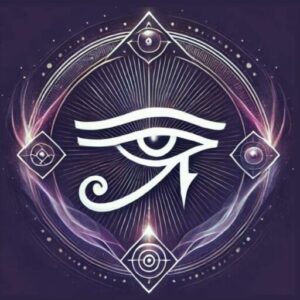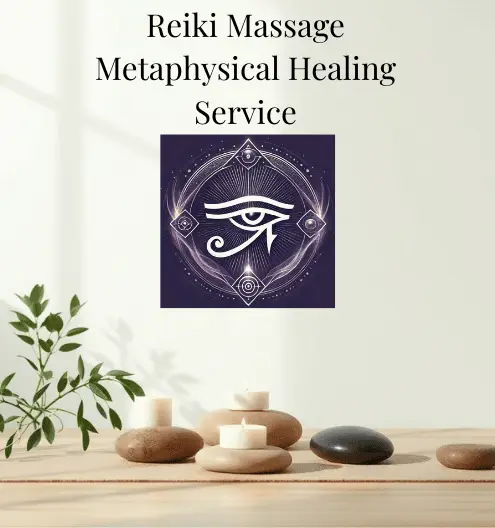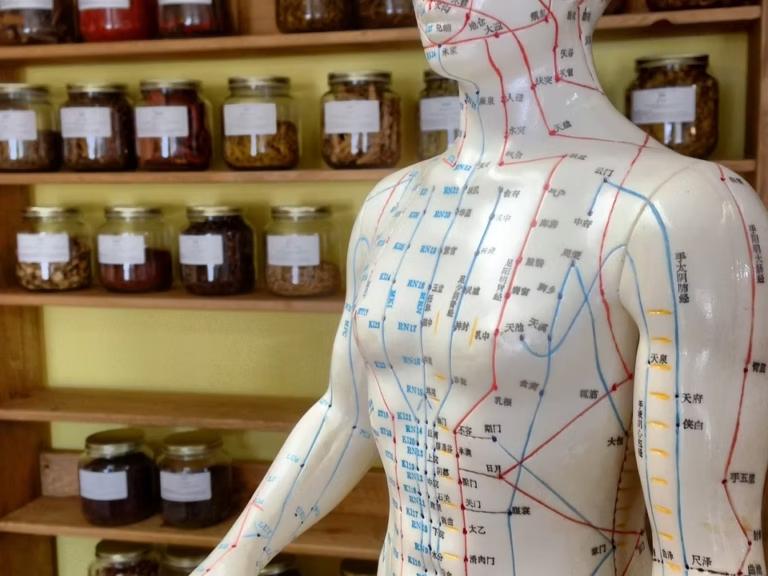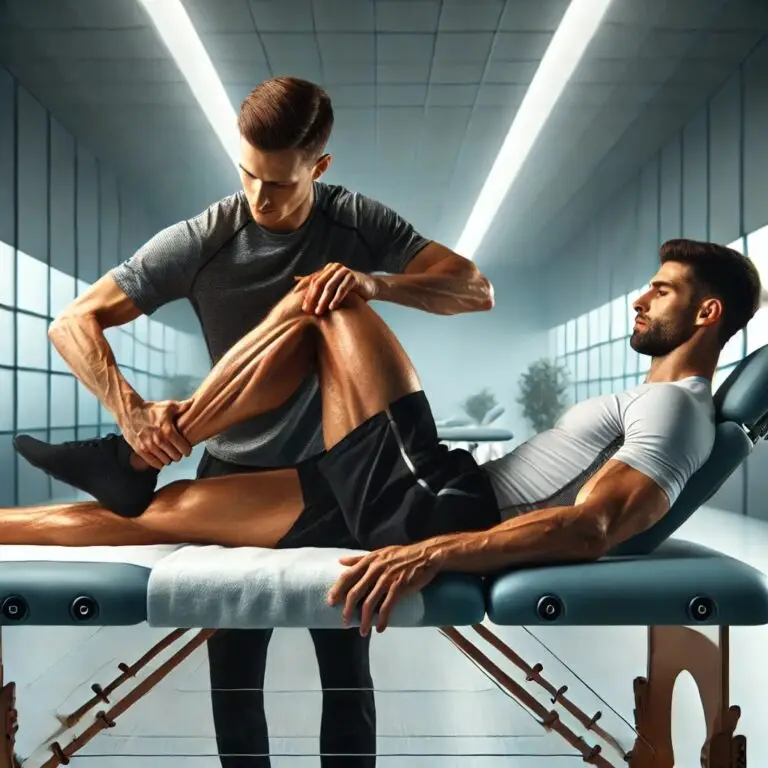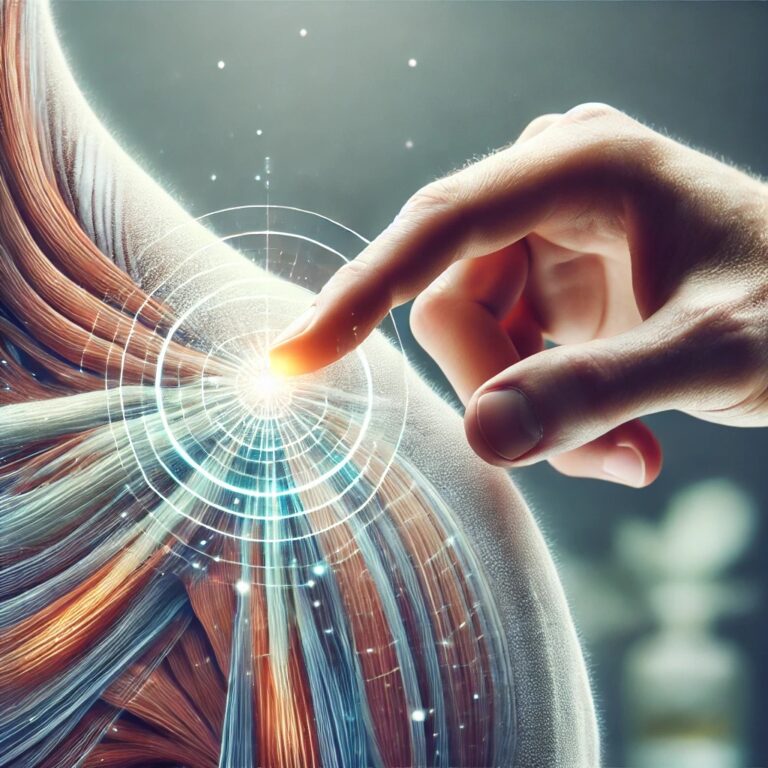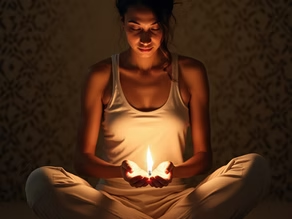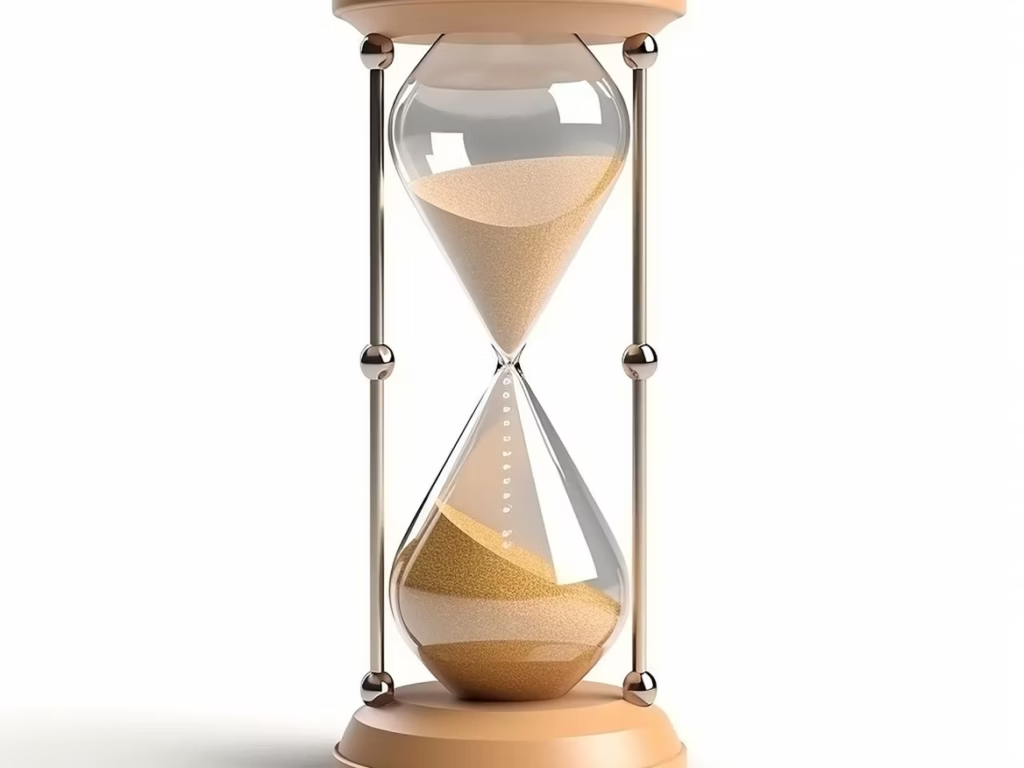
Woven across cultures and centuries, massage therapy has profoundly impacted human well-being. As you explore the historical roots of this ancient practice, you’ll discover how various civilizations embraced massage as a vital component of healing. From the wisdom of traditional Chinese medicine to the techniques developed in India and beyond, understanding the evolution of massage therapy can enhance your appreciation for its enduring significance in promoting both physical and mental health.
Key Takeaways:
- The origins of massage therapy date back thousands of years, with significant contributions from ancient civilizations like China, Egypt, and India, which utilized massage for therapeutic purposes as part of their healing systems.
- The revival of massage in the 19th century, led by pioneers such as Per Henrik Ling and Johann Mezger, established the foundations of modern Western massage practices that continue to influence the field today.
- Throughout the 20th century, massage therapy gained traction in mainstream healthcare, recognized for its mental and physical health benefits, leading to a diverse range of practices available to meet individual needs in the present day.
Ancient Origins
Before modern wellness practices emerged, the roots of massage therapy can be traced back to ancient civilizations, where it played a significant role in health and healing. The use of touch to alleviate pain and promote relaxation has been documented for thousands of years, laying the groundwork for the diverse forms of massage you may encounter today. Understanding these early practices can enhance your appreciation for massage therapy’s rich heritage and its evolution over time.
Traditional Chinese Medicine
Among the many ancient cultures that recognized the benefits of massage, China stands out for its systematic approach to healing. As early as 2700 BCE, the Yellow Emperor’s Classic of Internal Medicine elaborated on various massage techniques integral to Traditional Chinese Medicine (TCM). These practices often focused on the concept of Qi (pronounced “chee”), or vital energy, which flows through the body. You might find that TCM massage techniques aim to restore balance to this flow, promoting overall well-being and functionality.
Ancient Egypt and Greece
On the other side of the world, ancient Egypt and Greece also embraced massage as a vital aspect of health care. In Egypt, you would find hieroglyphics illustrating the use of massage for therapeutic purposes, reflecting its importance in both medical and spiritual practices. Similarly, the Greeks incorporated massage into athletic training, considering it vital for recovery and performance enhancement. Renowned figures like Hippocrates advocated for the benefits of massage, influencing medical thought in the Western world.
Further research into the practices of these civilizations reveals that Egyptian and Greek physicians often combined massage with other treatments, such as herbal remedies and physical exercises. This holistic approach allowed practitioners to address a variety of ailments, enhancing not only physical health but also mental clarity. By exploring these ancient practices, you can gain insight into the foundational principles of massage therapy that continue to resonate in contemporary practices today.
The Role of Ayurveda
Historical Perspective
For thousands of years, Ayurveda has been a cornerstone of healing in India, deeply influencing the practice of massage therapy. As early as 1500 BCE, ancient texts outlined the use of oils and herbal extracts to create massage rituals aimed at balancing the body’s energies. This holistic approach not only focuses on physical healing but also nurtures mental and spiritual well-being, ensuring a comprehensive pathway to health. By integrating these principles into massage therapy, you connect with a long-standing tradition that has withstood the test of time.
In Ayurvedic practice, massage techniques such as Abhyanga have been utilized to stimulate circulation, promote relaxation, and detoxify the body. These methods emphasize the importance of rhythm and intention during the massage process, offering a unique experience tailored to your individual needs. By understanding the historical roots of Ayurvedic massage, you can appreciate its enduring significance in enhancing overall well-being.
Benefits of Ayurvedic Massage
Benefits of Ayurvedic massage extend far beyond mere relaxation. This ancient practice helps in balancing the doshas—Vata, Pitta, and Kapha—that govern your physical and mental state. By utilizing specific oils tailored to your constitution, Ayurvedic massage can effectively address imbalances, reduce stress, and promote tranquility. You may find reductions in anxiety levels and improvements in your sleep patterns, leading to a more harmonious state of being.
Massage techniques rooted in Ayurveda not only provide immediate relief but also contribute to long-term health. By incorporating herbal oils, warm temperatures, and rhythmic strokes, you can enhance your circulation, which aids in delivering nutrients to your cells while flushing out toxins. This dynamic approach empowers you to achieve a more balanced, energized, and rejuvenated state, reflecting the holistic benefits of this time-honored tradition.
Eastern Massage Traditions
Unlike the linear progression of massage therapy in Western cultures, Eastern traditions encompass a rich tapestry of techniques and philosophies that reflect the unique values and beliefs of various societies. Eastern massage practices are deeply rooted in the principles of energy flow and balance within the body, highlighting a holistic approach to health. In these cultures, bodywork is often seen not just as a physical remedy but as an integral part of overall wellness, linking body, mind, and spirit. This concept emphasizes your connection to both self and environment, promoting a sense of harmony and rejuvenation.
Thai Massage
Against a backdrop of ancient traditions, Thai massage stands out for its dynamic and comprehensive approach. Originating over 2,500 years ago, this technique draws from both the Ayurvedic and Chinese medicinal systems. In your experience of Thai massage, you would encounter a combination of passive stretching and acupressure, which works to enhance your flexibility and stimulate energy flow. The massage is typically performed on a mat, allowing the practitioner to use their body weight to provide deep pressure and stretch, resulting in a profound release of tension and an increase in overall vitality.
Shiatsu Techniques
Between the interplay of pressure and energy, Shiatsu offers a unique form of therapeutic touch that focuses on acupressure and stretching. Rooted in Japanese traditions, Shiatsu aims to restore balance within your body by applying pressure to specific points along energy pathways called meridians. This approach not only addresses physical discomfort but also seeks to harmonize emotional and spiritual well-being. You may find that Shiatsu can alleviate tension, enhance relaxation, and revitalize your energy levels, making it a cherished practice in both traditional and contemporary wellness circles.
It incorporates various techniques, such as kneading, tapping, and rotational movements, allowing the practitioner to tailor the experience to your specific needs. Shiatsu promotes deep relaxation and can help ease stress, anxiety, and chronic pain. By engaging with these techniques, you engage in a profound healing experience that resonates with the timeless tenets of Eastern wellness. As you explore Shiatsu, you may discover how this ancient practice can contribute positively to your overall health and well-being.
The Middle Ages and Renaissance
Now, during the Middle Ages, massage therapy continued to be valued for its therapeutic benefits, but the landscape of medicine was evolving. You may find it interesting that notable physicians such as Avicenna in the Islamic world and Ambroise Paré in Europe contributed significantly to the understanding and application of massage. These figures recognized the importance of massage in treating various ailments, integrating it into their medical practices and promoting its benefits to their patients. Their writings and teachings helped to preserve and disseminate this ancient healing art, ensuring it retained a place in medical thought despite the challenges of the era.
Contributions from Notable Physicians
Between the 11th and the 16th centuries, the practice of massage was often intertwined with other forms of healing and therapy. Physicians like Avicenna emphasized holistic approaches that included not just physical treatments, but also considerations of emotional and spiritual health. In Europe, Ambroise Paré supported the idea that massage could aid in the healing of wounds and improve circulation, marking a significant endorsement for the practice during a time when medical knowledge was largely based on ancient texts. You may appreciate how these developments set the stage for future practices, shaping the perceptions of massage within medical communities.
Shift in Medical Practices
With the Renaissance came a shift in medical practices, during which time more invasive techniques and approaches began to dominate the field. The growing focus on anatomical studies and surgical methods often overshadowed massage therapy, leading to a period where it was less favored in clinical settings. As you explore this transition, you might note that many practitioners turned their attention toward pharmaceuticals and surgical interventions, labeling massage as an outdated practice. This shift caused a decline in the recognition of massage’s therapeutic potential.
In fact, as scientific advancements gained momentum and a more empirical approach to medicine emerged, the reliance on traditional healing methods, including massage, waned. During this time, massage therapy faced significant challenges, including criticism from those who sought to prioritize surgical procedures over manual treatments. However, the foundations laid by scholars and practitioners of earlier centuries would eventually pave the way for the revival of interest in massage therapy in later years, demonstrating its resilience as a healing art.
The 19th Century Revival
Once again, the practice of massage therapy experienced a significant revival in the 19th century, marking a turning point in its acceptance and formal recognition within the medical community. As healthcare began to shift towards more holistic approaches, the therapeutic benefits of massage were acknowledged, leading to its integration into clinical settings. The experiences of soldiers returning from the battlefields of World War I and II played a pivotal role in this revitalization, as their rehabilitation efforts emphasized the efficacy of massage in aiding recovery and relieving both physical and mental ailments.
Pioneers of Modern Massage
An array of influential figures emerged during this period, laying the groundwork for modern massage techniques you may encounter today. Physicians such as Per Henrik Ling from Sweden and Johann Mezger from the Netherlands were instrumental in formalizing massage practices. They developed systematic approaches that organized various strokes and movements, ensuring the integrity and effectiveness of the therapies. These pioneers not only refined existing techniques but also promoted the significance of massage as a legitimate form of medical treatment, helping to shift public perception and understanding of its benefits.
Establishment of Swedish Massage
At the forefront of this movement was the establishment of Swedish massage, a style created by Per Henrik Ling that became the foundation of many Western massage practices. Ling combined elements of gymnastics and medicine, focusing on techniques that utilized long, flowing strokes, kneading, and rhythmic movements. This method aimed at promoting relaxation, improving circulation, and alleviating tension, making it accessible and appealing to a wide audience. As you explore massage therapy today, you may find that the principles of Swedish massage underpin numerous contemporary practices.
In addition to its therapeutic benefits, Swedish massage became a standardized method of care, contributing to the training of massage therapists across Europe and beyond. This formalization led to the establishment of specialized schools and institutions dedicated to the art of massage, ensuring that practitioners received a comprehensive education in both technique and anatomy. As a result, you can appreciate how the legacy of 19th century innovations in massage continues to influence how you experience and benefit from this timeless practice today.
Massage Therapy in the 20th Century
Notably, the 20th century marked a significant turning point for massage therapy, as it transitioned from a largely alternative practice to a more widely accepted component of healthcare. You may find it fascinating that soldiers returning from World War I and II reported the rehabilitative effects of massage, which prompted healthcare professionals to recognize its potential benefits. For an in-depth exploration of this transformation, you can read more in A Brief History of Massage Therapy.
Integration into Healthcare
Against the backdrop of changing medical perspectives, massage therapy began to find its footing within mainstream healthcare. Various physicians endorsed the use of massage for rehabilitation and pain relief, helping to establish it as a legitimate therapeutic practice. Your understanding of this integration can be enriched by recognizing how massage was used to treat diverse conditions, improving not just physical but also mental well-being.
Expansion of Practices
Healthcare advancements in the 20th century spurred a remarkable expansion of massage practices that catered to diverse individual needs. You may appreciate knowing that various modalities, such as Swedish, deep tissue, and aromatherapy, began to flourish, each with unique techniques and benefits. This evolution allowed you to find specialized treatments suited to your personal wellness goals and preferences.
A vibrant and diverse landscape of massage practices emerged, allowing practitioners to explore innovative techniques. As a result, you are now empowered to choose from a plethora of options tailored to your specific requirements, ensuring that your massage experience aligns perfectly with your desired outcomes for relaxation and rehabilitation.
In Closing
So, as you explore the rich history of massage therapy, you uncover a tradition that not only spans centuries but also connects cultures across the globe. From ancient practices in China and Egypt to modern techniques that cater to your wellness needs, the evolution of massage is a testament to its lasting importance in promoting both physical and mental well-being. You can appreciate how these diverse techniques have been refined and adapted, ensuring that you have a variety of options to choose from to enhance your health and relaxation.
Understanding the historical context of massage therapy allows you to approach your wellness journey with greater appreciation and insight. Whether you seek relief from tension, a moment of relaxation, or a holistic approach to your well-being, you can benefit from the accumulated wisdom of past practices. As you engage in massage therapy today, you become part of a longstanding tradition that values the healing power of touch, bridging
the past with your present and future self-care routines.
FAQ
Q: What are the earliest known origins of massage therapy?
A: The earliest origins of massage therapy can be traced back to ancient civilizations over 5,000 years ago. In China, the Yellow Emperor’s Classic of Internal Medicine documented massage techniques around 2700 BCE as part of traditional Chinese medicine. Similarly, ancient Egyptians depicted the use of massage in hieroglyphics on tomb walls, illustrating its significance for therapeutic purposes. These early forms of massage laid the foundation for various techniques that have evolved over time across different cultures.
Q: How did Ayurveda influence the development of massage techniques?
A: Ayurveda, the ancient healing system from India, significantly influenced massage techniques that focus on balancing the body’s energies. Ayurvedic texts from around 1500 BCE describe the use of oils and herbal extracts during massages, emphasizing their role in promoting overall health and wellness. One of the key practices, Abhyanga, involves a warm oil massage designed to rejuvenate and harmonize the body, highlighting the holistic benefits that have been passed down through generations and remain popular today.
Q: What led to the revival of massage therapy in the 19th century?
A: The revival of massage therapy in the 19th century was largely driven by the contributions of pioneering physicians like Per Henrik Ling and Johann Mezger, who formalized techniques and established the foundations of modern Western massage. Ling developed the Swedish massage technique, while Mezger created a system of strokes and terminology that profoundly influenced future massage practices. This resurgence was also fueled by a growing recognition of massage’s therapeutic benefits, especially as healthcare professionals began to integrate it into patient rehabilitation during and after wars.
